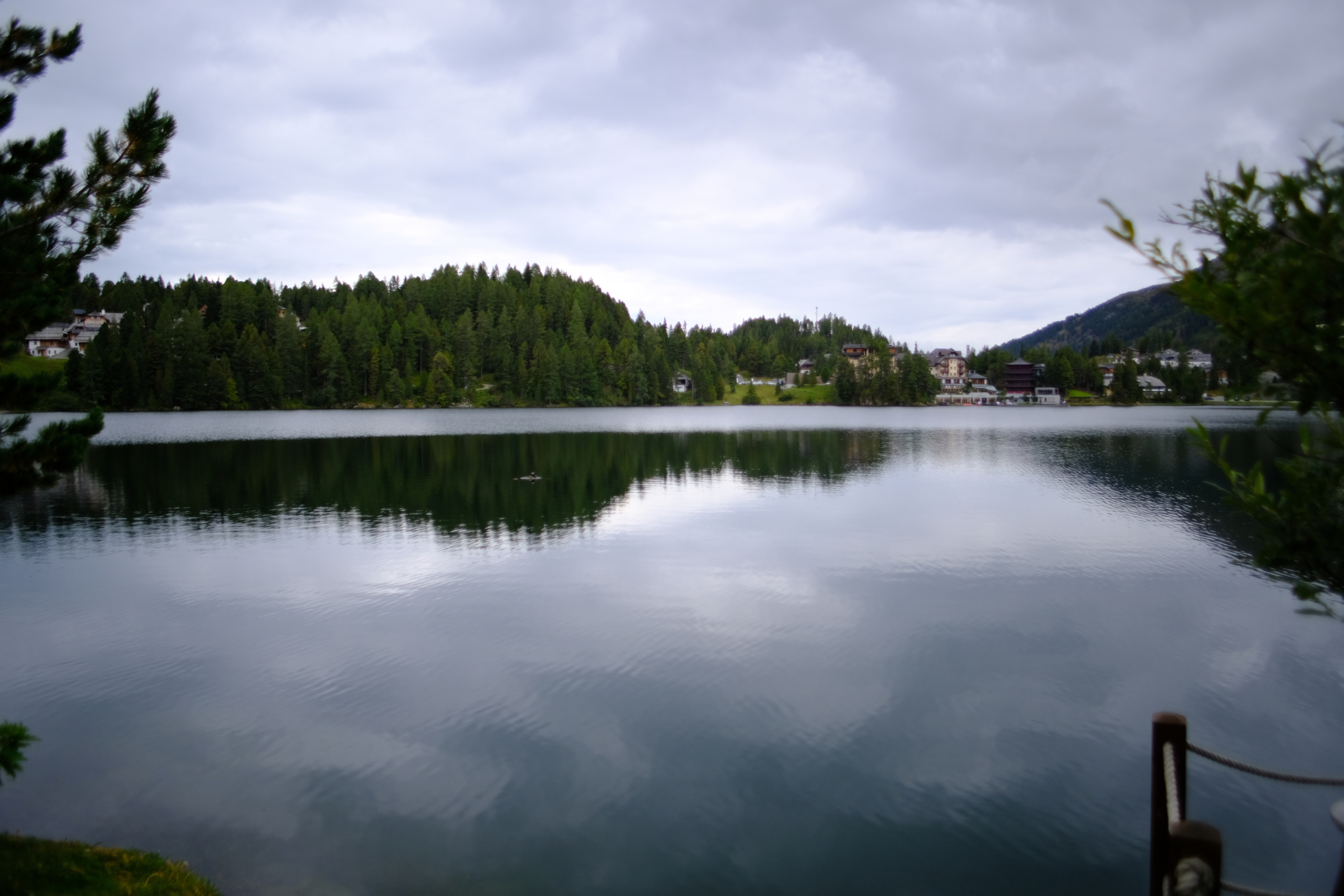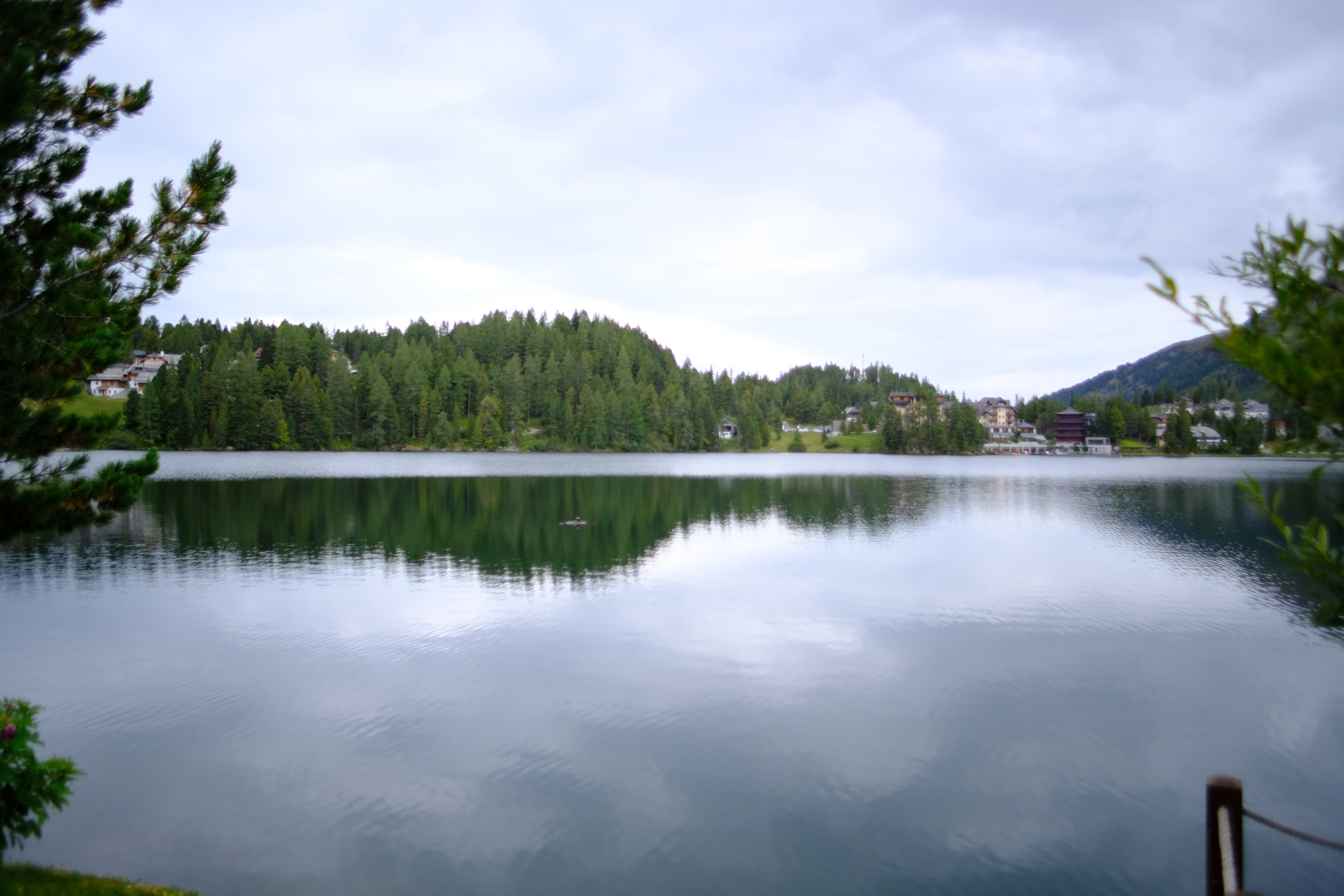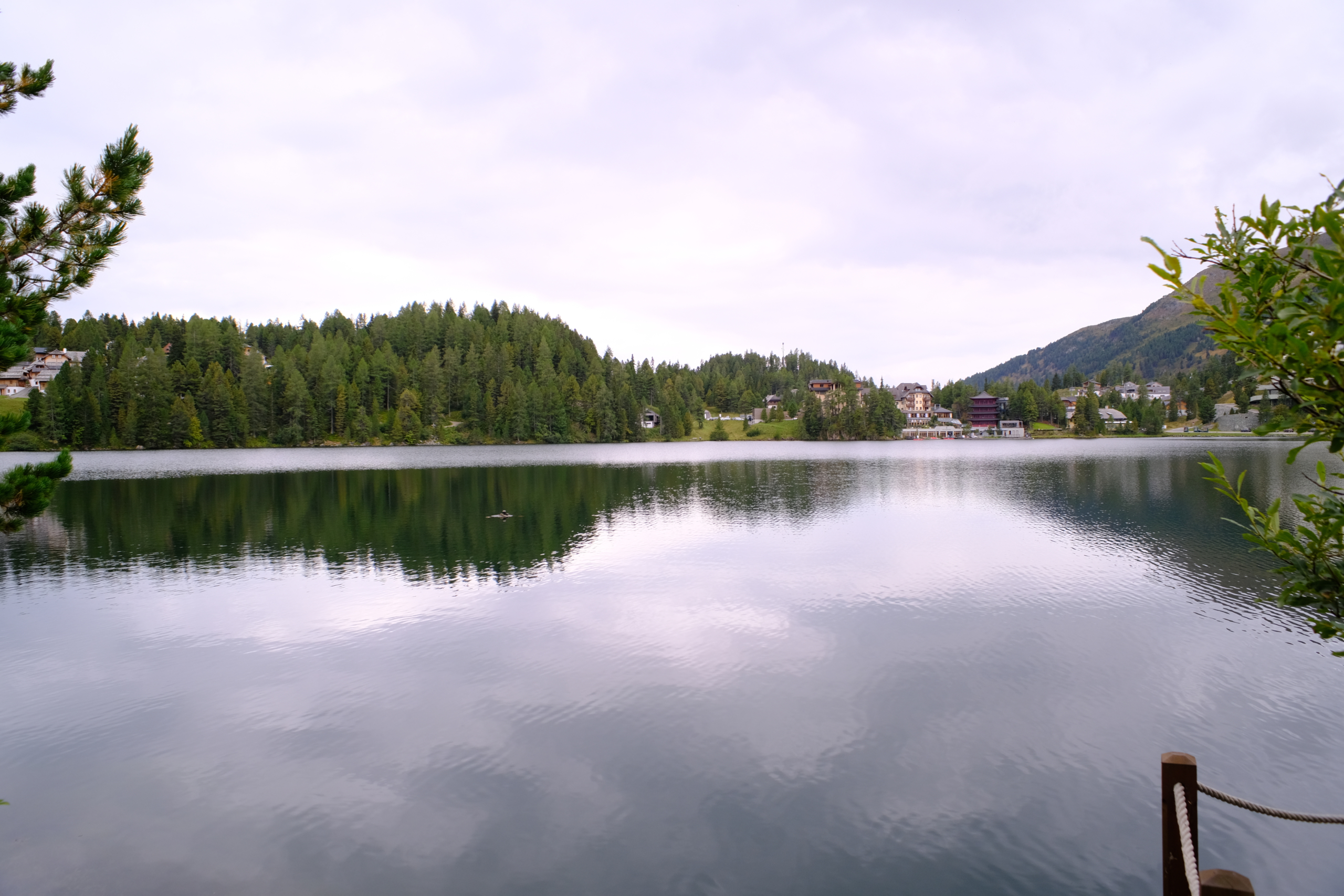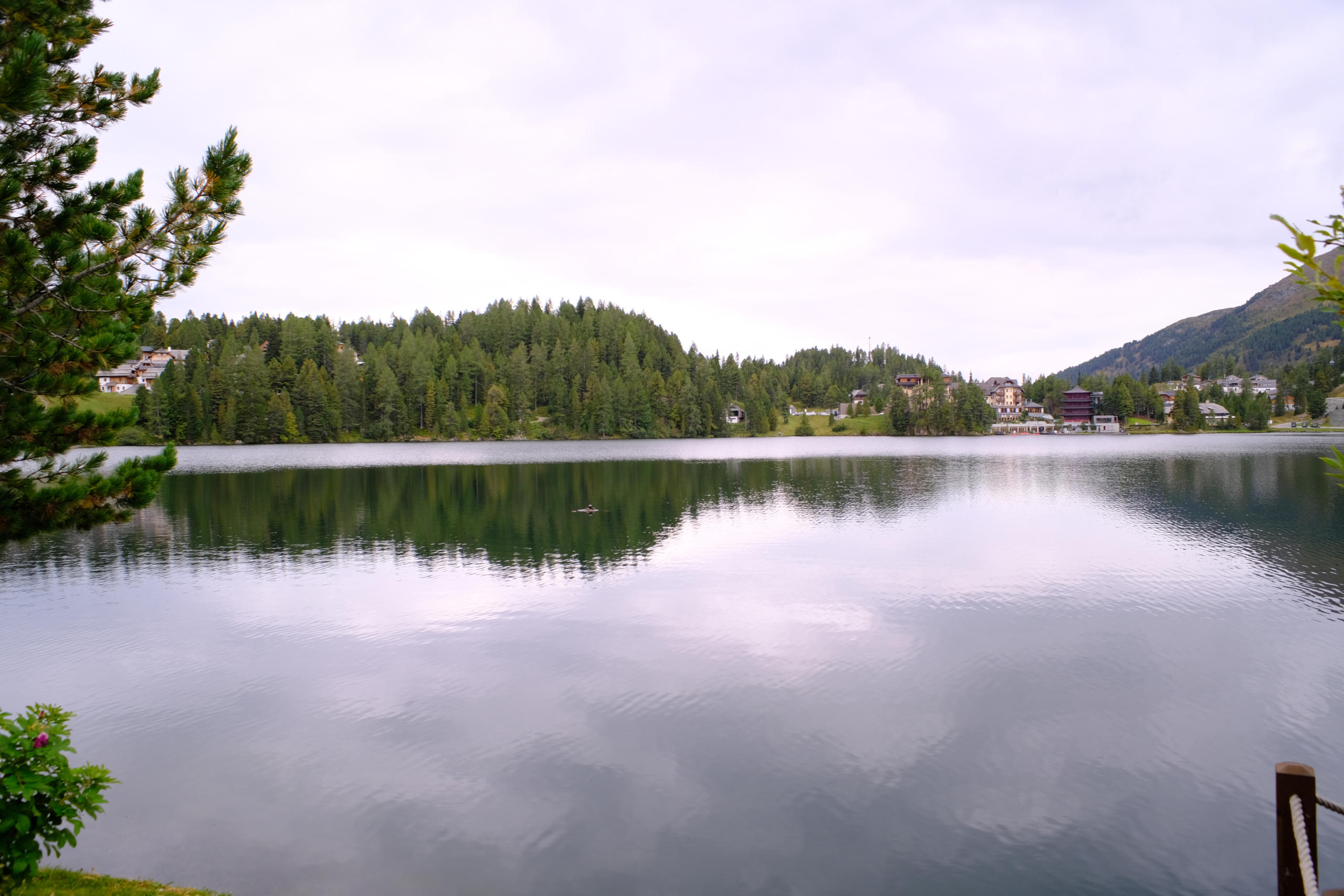Being in the mountains and taking pictures of landscapes is asking for use of the wide angle lenses. It starts with 23mm (35mm FF) but the real fun is using a 17mm (25mm FF) or even 12mm (18mm FF) lens. At this focal length you capture a lot of mountain and sky.
If you leave the task to the high end Multi exposure measuring system (often called also Matrix) you get very often a well exposure for the sky but very dark mountain. The camera processor is using a lot of algorithms and standard profiles but those are mostly calibrated to City and Street scenarios. The results in the mountains are often disappointing.
If you choose the center weight measure method the processor in the camera is just looking to the light value in the center and adjusts the exposure. As you can see it’s giving a better result, in this particular situation, than the Multi exposure mode.
The third exposure mode, provided by the Fujifilm X-PRO3, is the Average measurement. In this case the processor is calculating to set the right exposure the average of the full sensor surface. For in the mountains this could give very good results, I like to use it if I am taking pictures of people that are wearing dark or very bright clothing’s.
The methode that leads for me, most of the time, to best results is the Spot metering. The camera processor is setting the exposure right to the field of the Single AF Box. With the joystick of the X-PRO3 you can easily position that box to the spot you want to have just exposures right.
98% of my mountain pictures are made with spot metering. What has surprised me most that the different exposure methods have an influence also on the automatic white balance. Please share your experience with me.



